Architecture and Chemistry Students Join Forces for Pop-up Museum Project
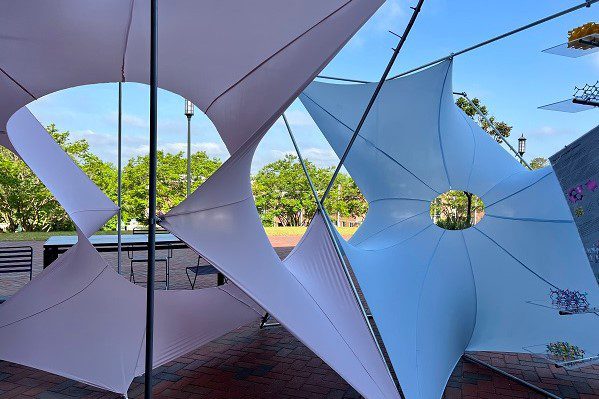
Over the past semester, architecture students have been working together with chemistry students to translate the nano scale of chemistry to the macro scale of architecture.
Five teams of students from Assistant Professor of Architecture Rachel Dickey’s spring Graduate Topical Studio, with guidance from Associate Professor of Chemistry Christopher Bejger’s graduate research assistants, designed proposals for a Nanoscale Science Pop-Up Museum and built full-scale components of their projects. On May 2, the five Nanoscale Science Pop-Up Museum mock-ups were on display at the new Science Building for a juried competition.
Specifically, the five projects sought to demonstrate in grand, larger-then-life style the structure and inner workings of metal-organic frameworks, or MOFs. MOF’s are described as crystalline porous solids composed of a three-dimensional network of metal ions held in place by organic linkers. First identified in the 1990s by Omar Yaghi, a professor at UC Berkeley, MOFs are central to Bejger’s research, which is focused on the design, synthesis, and assembly of molecular clusters for energy applications. In 2021, Bejger received a National Science Foundation (NSF) CAREER Award from the Solid State and Materials Chemistry program in the Division of Materials Research. The award included the interdisciplinary work with Dickey and her students to create a teaching tool for school and community settings that would make learning about MOFs experiential, interactive, and fun.
“I was writing the NSF CAREER proposal in the summer of 2016 and was wanting to develop a unique outreach component related to the materials my group studies and prepares in the lab,” Bejger said. “I thought it would be exciting to collaborate with an architecture faculty member to help build some larger-scale installations influenced by the chemistry of metal-organic frameworks. I browsed the faculty pages of the architecture department and found Rachel’s background in design related to materials and technology to be a great match for the project. So one afternoon I walked over to Storrs and knocked on her door.”
More than five years later, Bejger’s nanoscale science Ph.D. and chemistry master’s students joined Dickey’s Master of Architecture students for an afternoon design charrette.
“The architecture students also spent an afternoon in the chemistry lab, where each student synthesized a metal-organic framework, looked at their crystals using a microscope, and learned about chemical purification and characterization processes,” said Dickey. “The architecture students remained in contact with the chemistry students and continued to discuss their projects whenever they had questions related to the chemistry concepts.”
Master of Architecture student Hannah Guffey found that while architecture is “full of perspective views and is rather arbitrary to one’s own ideas,” and chemistry is “full of facts and is more theoretical,” both disciplines “hold creativity within them,” she said. “Designers tweak designs the way chemists tweak formulas and properties of substances.”
On May 2 the jury, which in addition to Bejger included Dr. Michael Walter (Department of Chemistry), Robby Sachs (School of Architecture Fabrication Lab), and Dr. Joseph Choma (Clemson University School of Architecture), chose The Container and Contained project (pictured above) for its “elegant, excellent craft, periodic structure like MOF, interlocking lattices, and appeal for all ages,” finding that it demonstrated the “best balance of chemistry and architecture.” Designed by Guffey, Hanieh Sotudeh Gharebaagh, and Parham Pazouki, the project will be built out over the summer for public use next academic year and beyond.
“It’s like being an intern and working in an office and then watching your building get built, or being a chemistry student and discovering something that could now help cure diseases,” said Guffey upon winning the competition. “Something you have been pursuing for all this time is now going to make an impact not only on you, but on the people around you. This creation you have made or discovered is going to better people, teach them something maybe they did not know. It will be beautiful. It is beautiful.”
While only one project will see implementation, all five Nanoscale Science Pop-Up Museum designs were ambitious and creative. See them below.
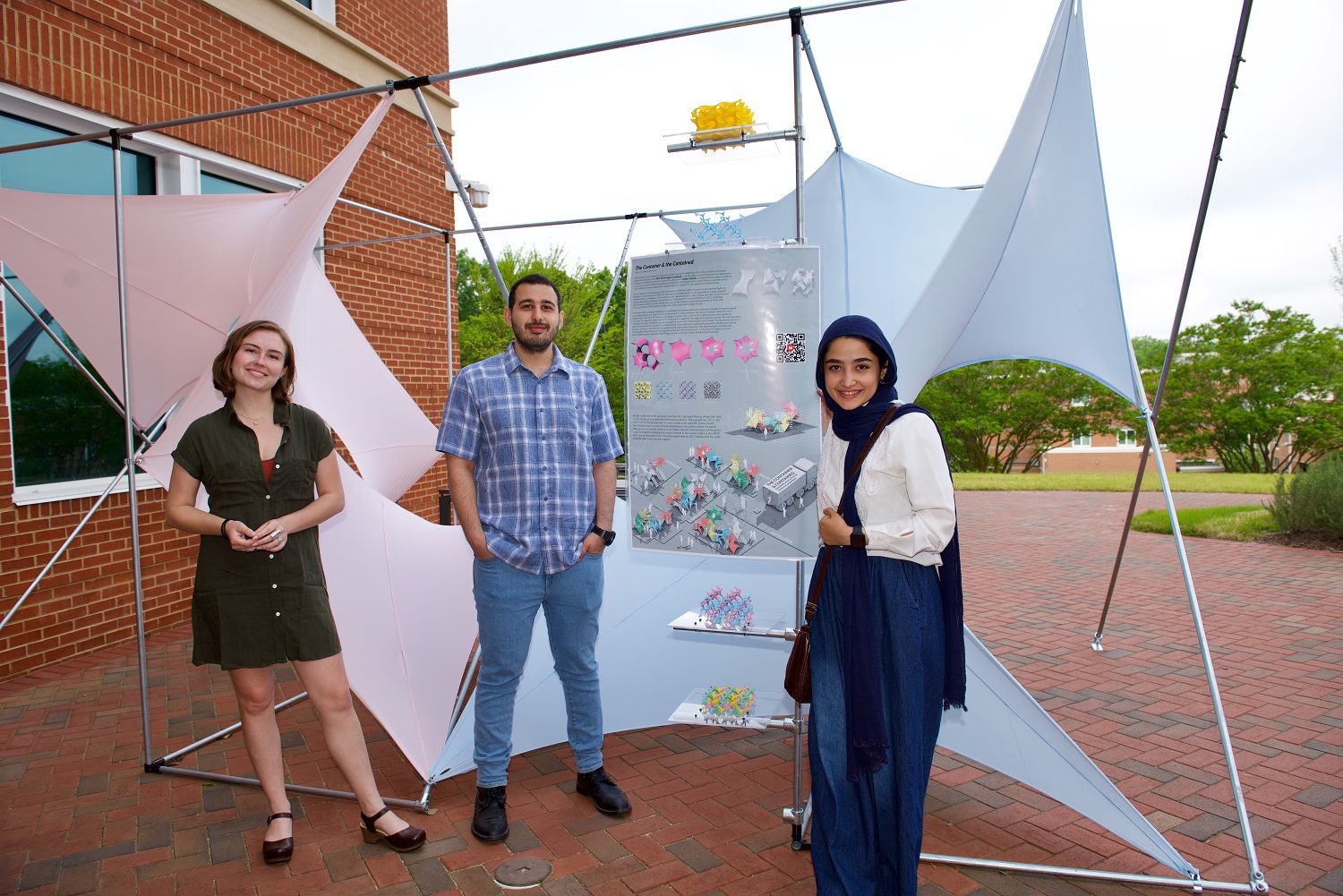
The Container and Contained, created by Hannah Guffey, Hanieh Sotudeh Gharebaagh, and Parham Pazouki.
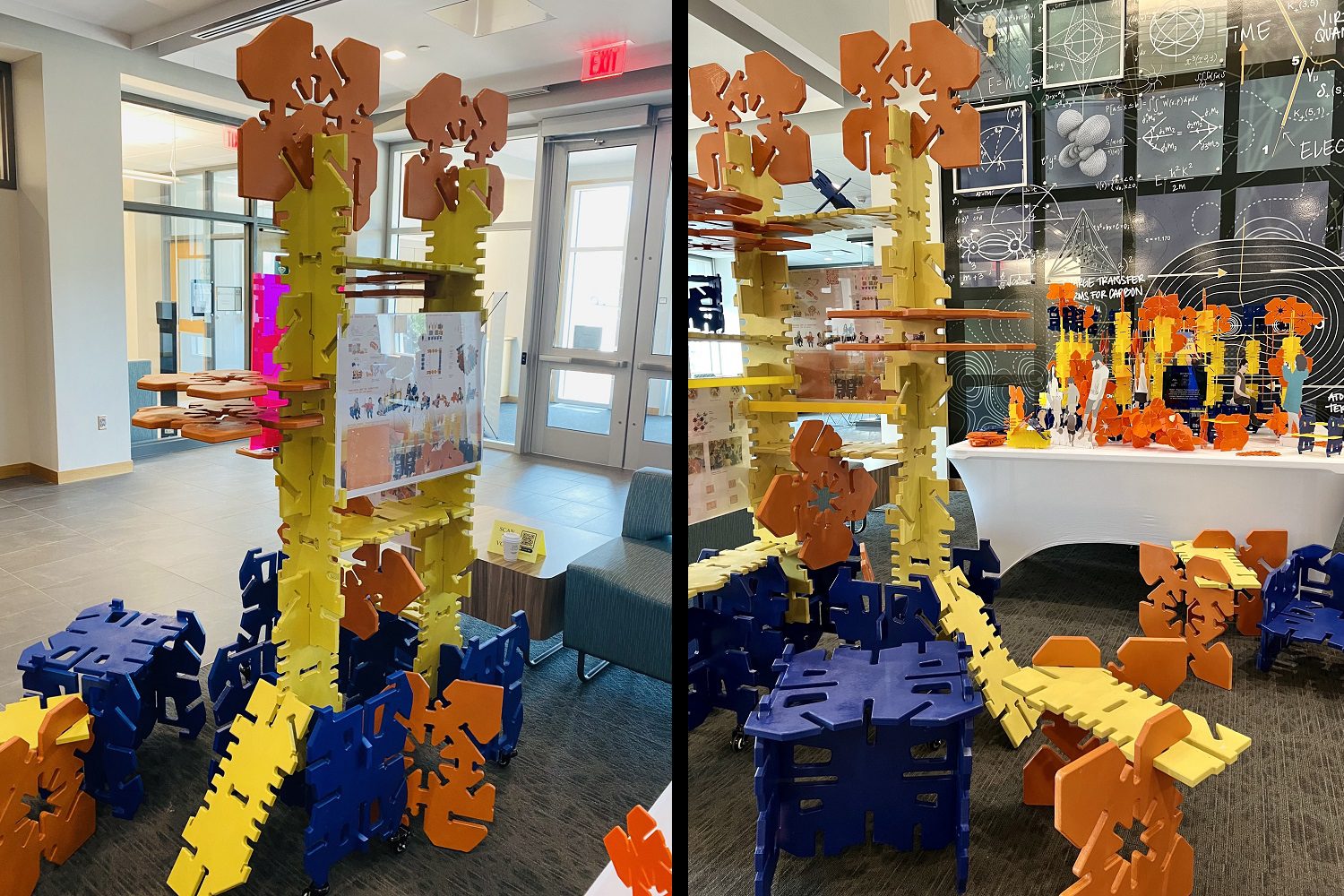
Mofs in Motion: A Playful Learning Experience, created by Ramona Reinhart, John Schilz, and Angel Quizhpi-Vazquez.
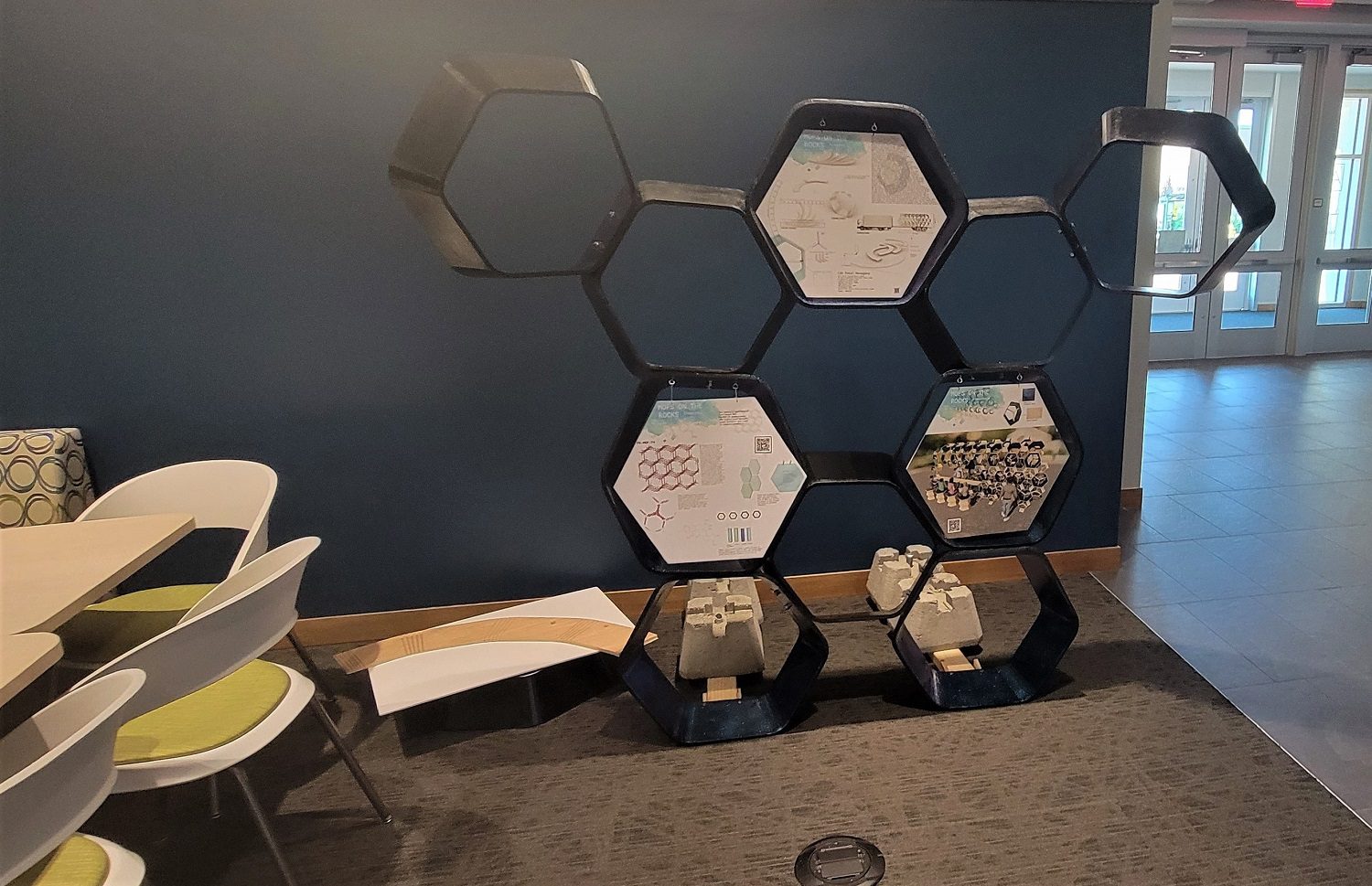
Mofs on the Rocks, created by Prisca Musa and Shay Sullivan.
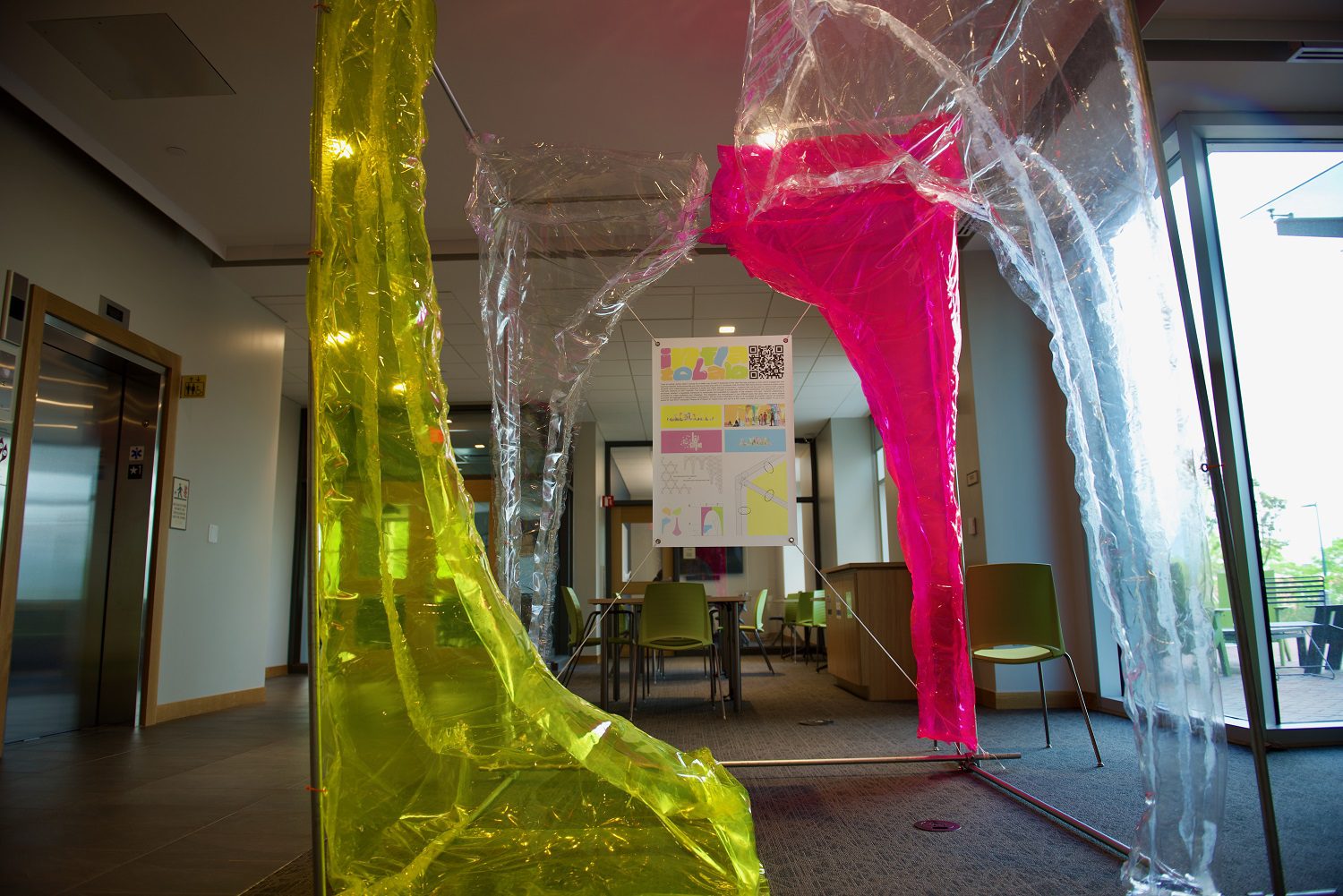
InflatoLab, created by Michael Allen, Mahsa Esfandiar, and Kaili Weaver.
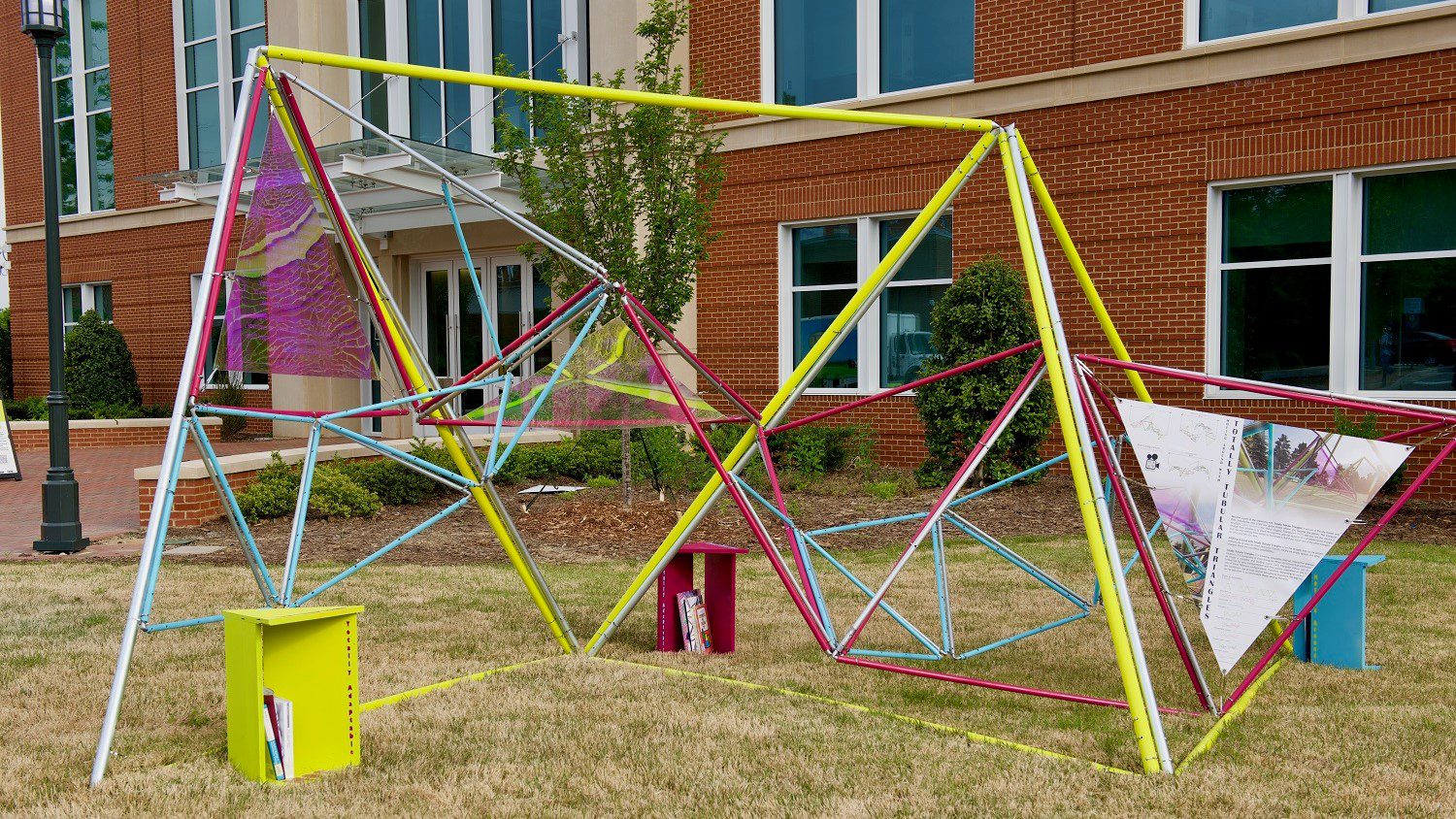
Totally Tubular Triangles, created by Sage Duffey, Sierra Grant, and Sarika Merchant.
Photos by Lynn Roberson and Sam Salvato. See more pictures on Flickr.